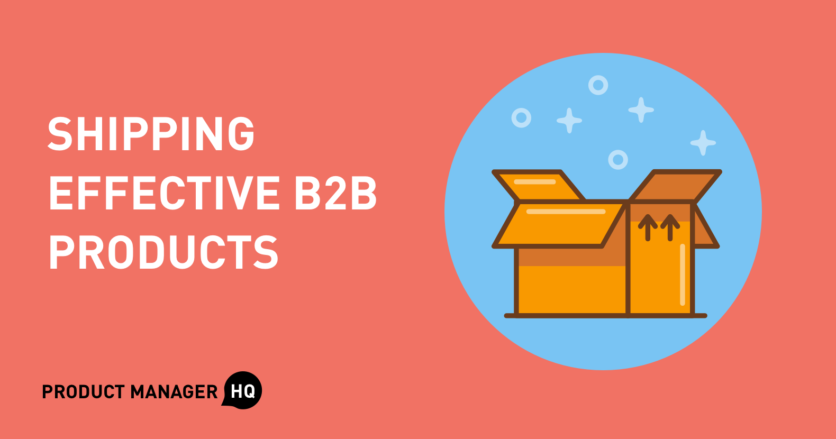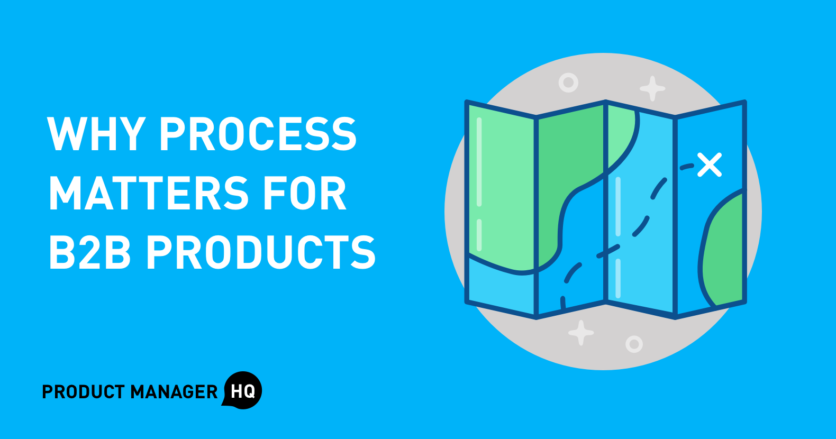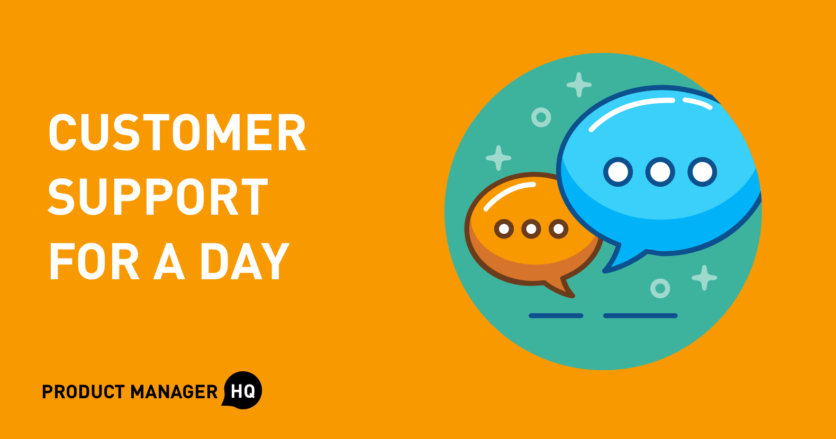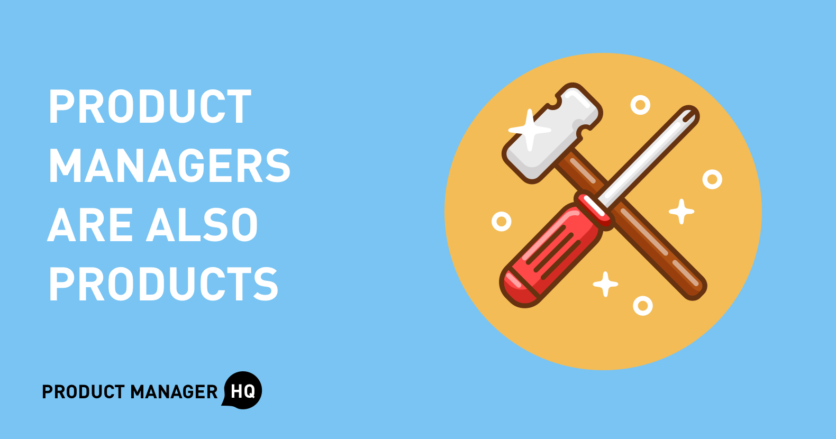Regardless of background, we as product managers are obligated to know how to ship effective B2B (business-to-business) products.
After all, technology continues to evolve rapidly, enabling existing businesses to penetrate new customer segments and enabling new entrants to innovate. As businesses of all kinds expand their capabilities, they look to outside products to enable them to do more with their current resources.
Because technology is creating so many new opportunities, B2B products proliferate at an exciting pace today, and much of the demand for product managers comes from the B2B space.
To successfully ship B2B products, we need to understand the key differentiator of all businesses: process.






